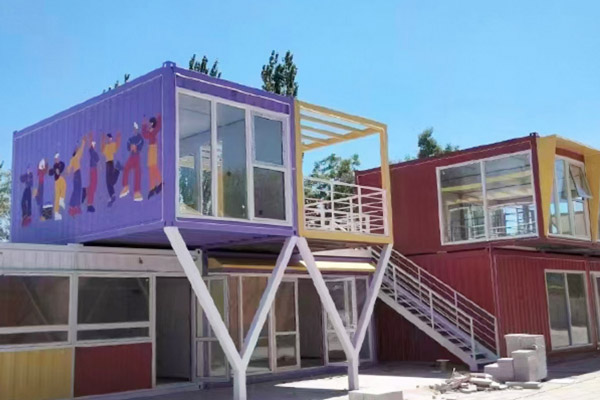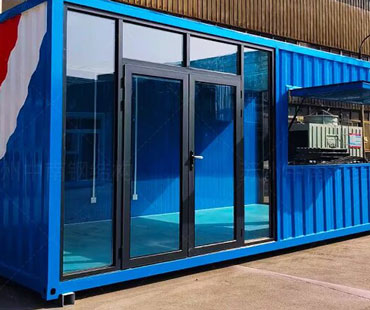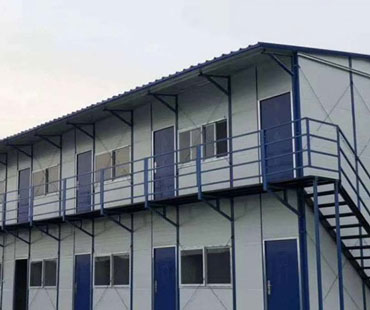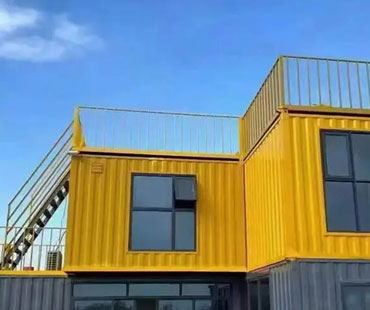In recent years, container architecture has emerged as a revolutionary approach to urban development, addressing the pressing challenges of space, sustainability, and cost efficiency in modern cities. With the rapid growth of urban populations and the increasing demand for affordable housing, container structures offer an innovative solution that transforms the way we think about living and working environments.
Container architecture utilizes repurposed shipping containers as the primary building material for various structures, including homes, offices, and public spaces. Originally designed for the transportation of goods across the globe, these steel containers are now being reimagined as versatile building blocks. Their modular nature allows for easy stacking and arrangement, facilitating creative designs that can adapt to the specific needs of urban areas.
Benefits of Container Architecture
1.Sustainability: One of the most significant advantages of container architecture is its contribution to sustainability. By repurposing used shipping containers, architects and builders reduce waste and lower the carbon footprint associated with traditional construction methods. Additionally, many container projects incorporate sustainable practices, such as solar panels, green roofs, and rainwater harvesting systems, further enhancing their eco-friendly credentials.
2.Cost-Effectiveness: Container buildings can be significantly more affordable than traditional construction. The reduced need for extensive foundations and the speed of assembly make it possible to complete projects more quickly and with less labor, ultimately decreasing costs. This affordability is particularly crucial in urban areas where housing shortages are prevalent.
3.Flexibility and Modularity: The modular design of shipping containers allows for diverse configurations and uses. They can be easily combined to create larger spaces or adapted for various functions, from single-family homes to multi-story apartments and commercial spaces. This flexibility is especially valuable in urban environments where space is at a premium.
4.Rapid Construction: Container buildings can often be constructed in a fraction of the time required for traditional structures. With the ability to prefabricate components off-site, construction timelines can be significantly shortened, allowing for quicker occupancy and immediate use of the space.

Several cities around the world have embraced container architecture, showcasing its potential and versatility:
-The Hive, London: A vibrant community space made from repurposed shipping containers, The Hive serves as a hub for local businesses, artists, and events. Its design promotes social interaction while providing affordable retail space in a bustling urban environment.
-Container City, London: This project consists of a series of container-based structures offering affordable housing and workspaces. It demonstrates how containers can be integrated into urban settings to address housing shortages while fostering a sense of community.
-The Boxpark, Shoreditch: Made entirely of shipping containers, Boxpark is a pop-up mall featuring shops, restaurants, and entertainment venues. This innovative use of containers has revitalized the area, providing a dynamic space for both locals and tourists.
Despite its numerous advantages, container architecture is not without challenges. Building codes and zoning regulations can pose hurdles, as many areas have not yet adapted to accommodate container structures. Additionally, insulation and ventilation must be carefully considered to ensure that these buildings remain comfortable and energy-efficient.
As urbanization continues to accelerate, container architecture is poised to play a vital role in shaping the cities of tomorrow. With ongoing advancements in design and construction techniques, the potential for container buildings is vast. Architects and urban planners are increasingly recognizing the value of this innovative approach, integrating it into their visions for sustainable and adaptable urban environments.
In conclusion, container architecture represents a forward-thinking solution to many of the challenges faced by modern cities. By embracing the principles of sustainability, cost efficiency, and flexibility, container buildings offer a glimpse into a future where urban spaces are more livable, accessible, and environmentally responsible. As we look ahead, the continued evolution of container architecture will undoubtedly contribute to the reimagining of urban landscapes around the globe.


